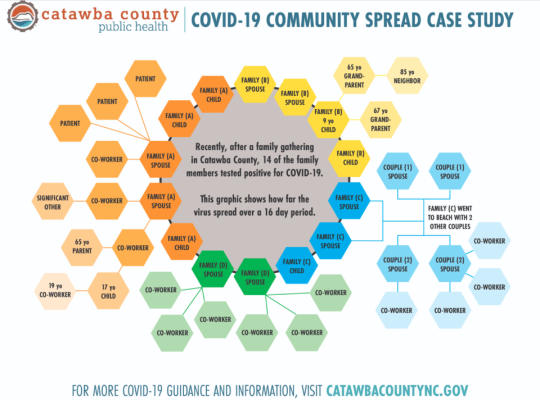audreyh1
Give me a museum and I'll fill it. (Picasso) Give me a forum ...
Contact tracing seems to be working in some states and providing useful statistics:
From Maryland, where contact tracers found 44% of people who tested positive for the virus had recently attended family gatherings:
https://governor.maryland.gov/2020/...wide-mask-order-out-of-state-travel-advisory/
From Maryland, where contact tracers found 44% of people who tested positive for the virus had recently attended family gatherings:
CONTACT TRACING DATA. In addition to identifying individuals who may have been infected with COVID-19, Maryland is now using contact tracing data to find patterns of behavior, and to identify where and how the virus is spreading. The governor announced the following findings based on recent interviews conducted with COVID-19 patients:
Higher-Risk Gatherings (Percentage of Interviewed Cases):
Family Gatherings – 44%
House Parties – 23%
Outdoor Event – 21%
Higher-Risk Locations (Percentage of Interviewed Cases):
Work Outside the Home – 54%
Indoor/Retail Shopping – 39%
Indoor Dining at Restaurant – 23%
Outdoor Dining at Restaurant – 23%
Employment Information (Percentage of Interviewed Cases):
Health care – 25%
Other – Non-public Facing – 23%
Other – Public Facing – 13%
Restaurant/Food Service – 12%
https://governor.maryland.gov/2020/...wide-mask-order-out-of-state-travel-advisory/
Last edited:

